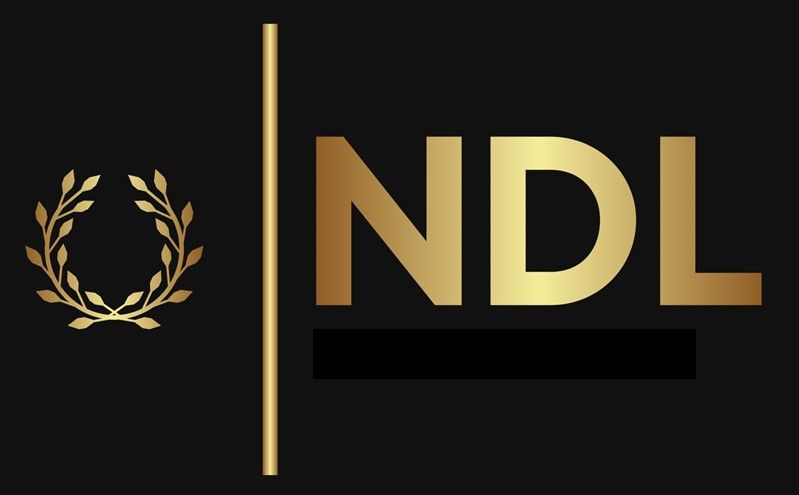Bringing the science to your marketing plan
We use our behavioral economics and analytics understanding to get your desired marketing results.
12 steps to the correct Social Media Plan
-
1. Business Analytics
Business analytics involves data, statistical analysis, and predictive modeling to make informed business decisions and optimize social media performance. It helps organizations understand trends, patterns, and insights, enabling them to anticipate market changes and improve operational efficiency.
-
2. Behavioral Economics
Behavioral economics combines insights from psychology and economics to explore how people make economic decisions, often challenging the assumption that individuals always act rationally. It examines how cognitive, emotional, and social factors influence choices, shedding light on biases and irrational behaviors that can affect individual and market outcomes
-
3. Identify the Right Platforms
Not every social media platform is ideal for every business. Could you help your clients identify where their target audience spends most of their time? For example, B2B businesses might find more value in LinkedIn, while B2C might see better results on Instagram or Facebook.
-
4. Develop a Content Strategy
We build content that aligns with your business goals. This include a mix of content types, such as videos, images, infographics, and blogs, tailored to engage their specific audience.
-
5. User-Generated Content
User-created content is so important. Connecting with and building your brand with your clients. We share content such as reviews, testimonials, or pictures of their clients using your products. This not only provides authentic content but also boosts customer loyalty.
-
6. Science of Video
82% of all internet traffic is video. The clients that use video over text see 49% faster revenue growth than those that only text. We maximize using video with the science of how people want to see the video.
-
7. Focus on Engagement
Rather than just broadcasting content, we look at the analytics to see when your clients want their information. We also strive to create content that gets your potential clients to engage. This can include responding to comments, creating interactive content like polls or Q&A sessions, and actively participating in relevant conversations.
-
8. Educational Content
We create some posts as educational content that provides value to your clients. This could be tips, how-tos, industry news, or insights that position them as thought leaders in their field.
-
9. Incorporate SEO Practices
We know the importance of search engine optimization even on social media, such as using relevant hashtags, optimizing post descriptions, and ensuring profile information is complete and SEO-friendly.
-
10. Utilize Paid Advertising
While organic reach is important, paid social media advertising can help expand reach and more effectively target specific demographics. We understand the best practices for setting up and optimizing ads on platforms like Facebook, Instagram, or LinkedIn.
-
11. Monitor and Analyze Performance
We use tools to track the performance of different types of posts and marketing campaigns. Analyzing metrics such as engagement rates, click-through rates, and conversion rates can help refine strategies and improve ROI.
-
12. Stay Update with Trends and Platform updates
Social media platforms frequently update their algorithms and features. Our job is to stay informed about these changes so we can adjust our strategies accordingly.
